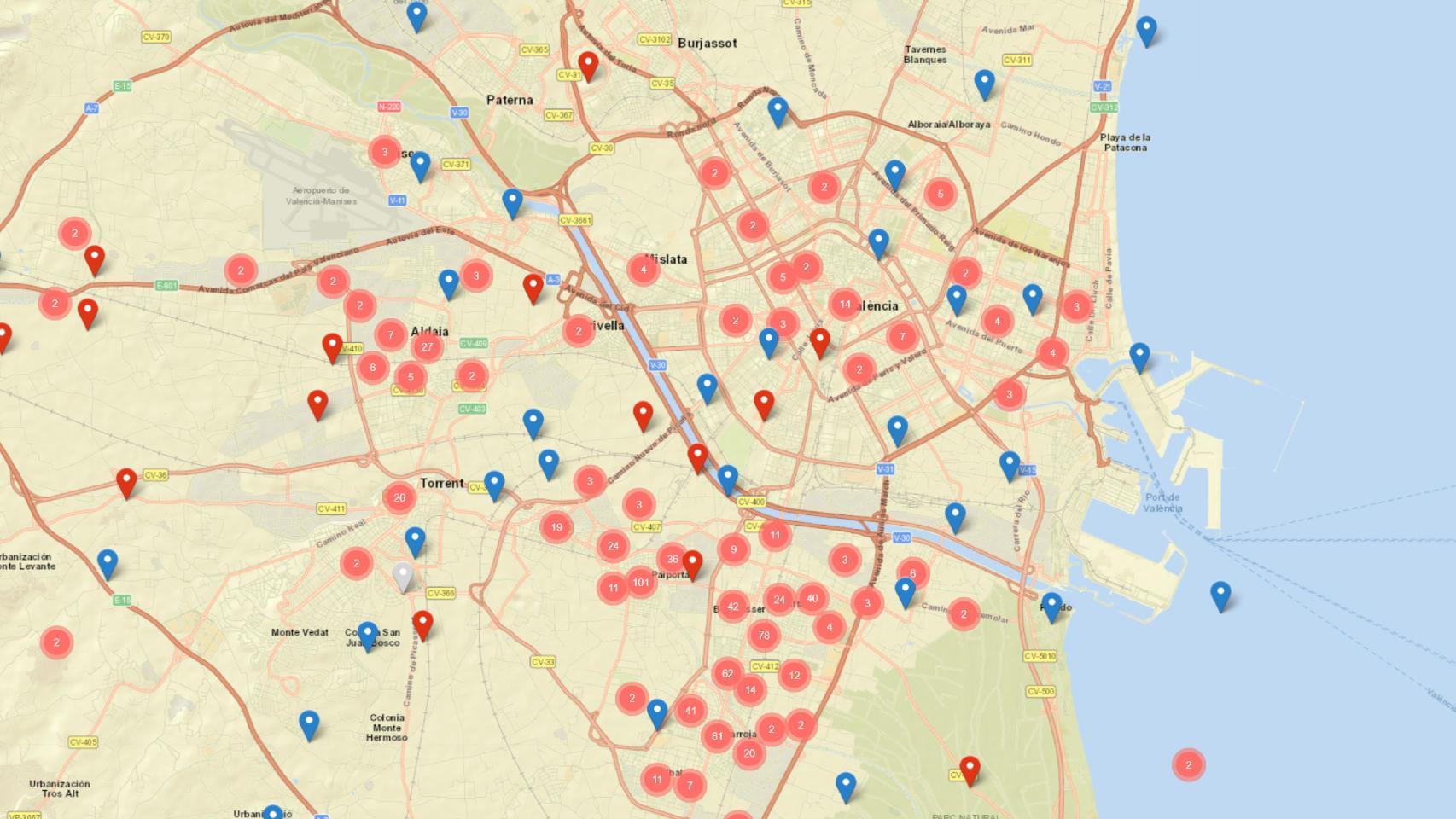If you’re too young, you might not remember it, but it was about fifteen years ago Apple made one of the best advertising campaigns. It was a series of advertisements in which one person represented a PC and a younger person represented a Mac. The topics were covered in a very entertaining way. An example of this is Windows Vista’s constant warnings about the “need to authorize” any action performed on the PC. In total several minutes of advertisements which are worth watching to have a good time.
The I’m a Mac actor is back and this time he’s changed his mind
This actor’s name is Justin Long and after being one of the faces most associated with Apple
Qualcomm Snapdragon Elite At the latest Qualcomm event, right at the end of the presentation, we find a surprise video which directly impacted Mac users.
Concretely, twenty-three seconds of advertising in which we see Justin Long (actor in Apple’s I’m a Mac campaign) using a MacBook Pro Afterwards. An immense number of notifications arrive on your Mac and overwhelm you
Some of the claims in Qualcomm’s advertising about the Mac
If we stop to look in detail at the notifications that Justin Long receives in the ad, we will see clues about the Mac and its operating system:
- This app is not optimized for macOS
- The printer does not work
- Low battery at 1%
- Alert: storage full
Are there any real problems when switching from a Mac to a PC? You can judge for yourself. What is clear is that the fight between Mac and PC has returned in a way we haven’t seen in years or decades. The Apple Silicon revolution gave Apple about a four-year advantage over the competition.
Will Apple respond to all this?
It was in November 2020 when Apple launched its first Mac with M1 chip, and it is now that Microsoft with the new Surface or Qualcomm with its new processors begin to reach Windows PCs. We already had Apple’s response four years ago
In Applesfera | A Windows User Returns to the Mac After 12 Years and Here’s What He Found on His New M3 MacBook Air
In Applesfera | iPad Pro M4 (2024), analysis: leading technology towards the impossible










